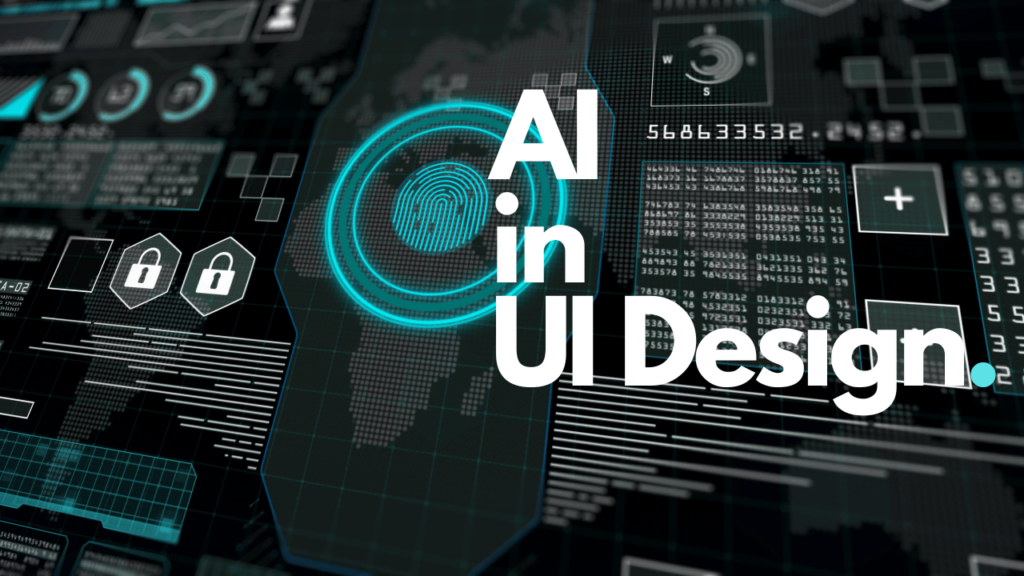
It’s a brave new world, folks. A world where artificial intelligence (AI) is no longer just a far-off concept from a science fiction movie, but a concrete reality that’s shaping and transforming various industries. Our primary exhibit today? The electrifying impact of AI in UI design. Yes, you read that right, AI isn’t just about solving complex mathematical problems or beating you at chess, it’s making moves in the design world too.
Now, I can already see the skeptics rolling their eyes, mumbling something about ‘replacing human creativity’. Fear not, dear reader. Our AI overlords are not here to take away our jobs. Instead, AI is serving as a powerful tool that enhances and complements human creativity and proficiency in UI design.
The crux of the matter is, AI algorithms are now capable of automating a significant portion of the UI design process. This, of course, is nothing short of a godsend for our overworked designers. They can now sit back and sip their latte (or green tea, if that’s your poison) while AI takes care of the grunt work.
AI in UI design has thrown open the doors to rapid prototyping. It can generate a multitude of design alternatives in seconds, a feat that could take a human designer hours, if not days. This increased efficiency is enabling businesses to save time and resources, thereby speeding up the product development process. But hold on, we’re just getting started.
The real cherry on the AI sundae has got to be its proficiency in data analysis. AI can analyze user data and provide insights that guide the UI design process. Remember the countless hours spent trying to decipher user behavior? Well, AI has got you covered. It can identify patterns in user behavior and preferences, and predict actions before they happen. Talk about being clairvoyant!
Another intriguing aspect of AI in UI design is its ability to create personalized user interfaces. AI algorithms can analyze individual user behavior and tailor the interface accordingly. This means that every user gets a UI design that’s unique to them. So, if you’ve ever felt like your favorite app understands you better than your significant other, you’ve got AI to thank.
AI is also making strides in the field of accessibility. It’s helping create user interfaces that are inclusive and accessible to everyone, including those with disabilities. So, not only is AI making our lives easier, but it’s also making sure no one is left out. How’s that for being a good Samaritan?
Despite all these advancements, let’s not forget that AI is still very much a work in progress. It’s not perfect, and there are challenges to overcome. For instance, AI still struggles with understanding the nuances of human emotion and context. Until it does, human designers will always have a vital role to play in the UI design process.
So, there you have it. AI in UI design is not a threat but a powerful ally. It’s transforming the way we design and interact with digital interfaces. But remember, at the end of the day, AI is just a tool. It’s how we choose to use it that will shape the future of UI design. So, buckle up, my fellow design enthusiasts. It’s going to be an exciting ride!
To sum up, the impact of AI in UI design is akin to finding an extra cookie in your cookie jar. It’s unexpected, delightful, and leaves you wanting more. It’s transforming the game, making it more intuitive, personalized, and inclusive. And while it doesn’t quite replace the human touch, it’s certainly giving it a run for its money. So, let’s welcome our AI pals and see where this exciting journey takes us.


